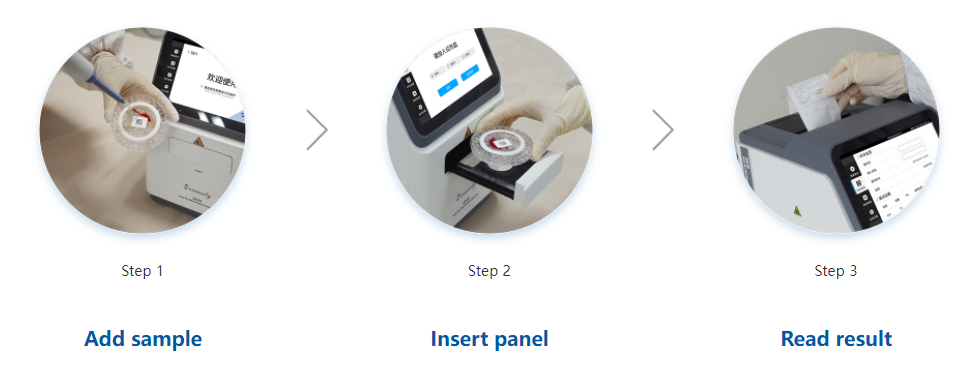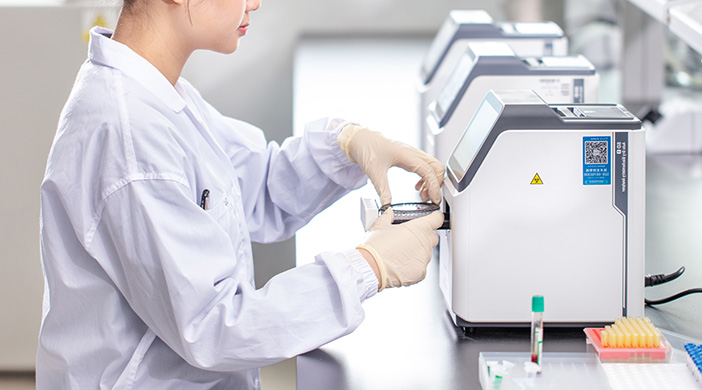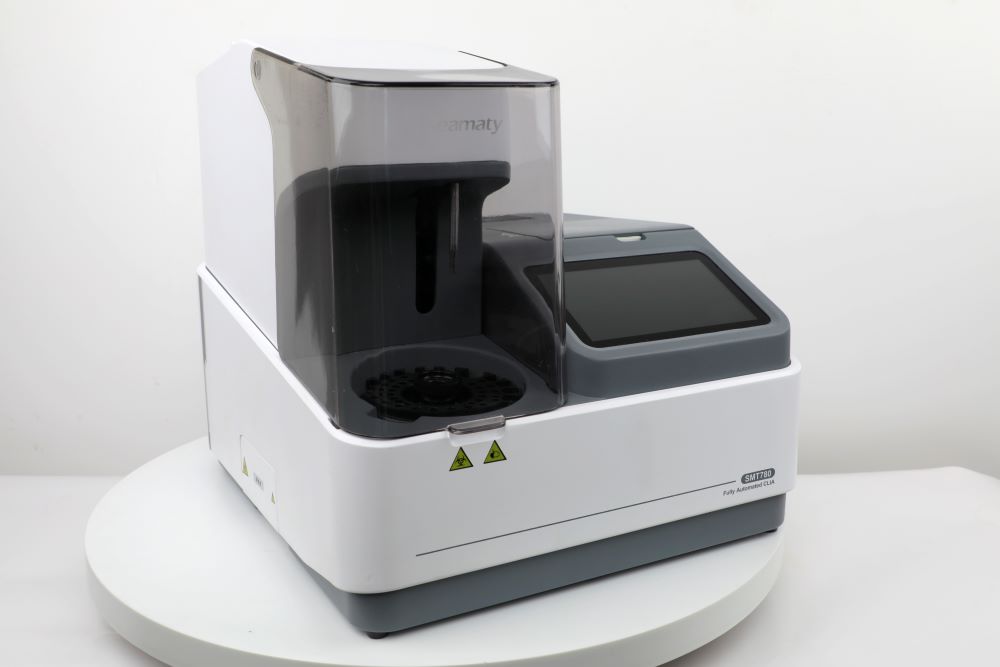Throughout history, humans have used products based on the principle that simpler is better. In a sense, simplicity conveys a signal that is cost effective, easy to use, and easy to understand. This is especially true in the medical diagnostic industry.
A simple formula to describe
point of care testing devices is "Point-of-care diagnostic products = fast + accurate + small instruments". The seemingly simple products on the market always have a "special" feature that makes them powerful and an important part of medical and healthy life.
Through simplified design and technological innovation, most point of care testing devices have undergone a process of gradual simplification and improvement from traditional testing methods to achieve convenient and rapid on-site examination at the patient's side for the purpose of rapid diagnosis. Today, simplified POCT devices are widely used in hospitals, clinics and patients' homes, and are capable of testing most routine clinical indicators.
What is "simple" point of care testing devices?
The history of the global diagnostic market shows that the idea of POCT as a rapid diagnosis of diseases is mainly focused on simplification. This simple diagnostic device allows operators who lack laboratory skills to perform the test in an environment with limited resources and equipment.
The definition of simplicity includes, among others, the following aspects.
"No more than 3 operational steps"
Users want to minimize the number of steps they have to perform and rely on automation to reduce operational errors. The current craze for molecular POCT consists of a small instrument. Such instruments are considered simple if they are fully automated and do not exceed three operational steps and do not rely on personnel, infrastructure, induction or training. A plug-and-play product requires only basic expertise and skills for the operator.
The recommendation to reduce user steps to 2-3 steps is also mentioned in the target product profile published by WHO as a way to specify design goals and guide developers in their development direction. This is a good guide for startups unfamiliar with global diagnostic market dynamics and user needs. The concept of valuing simplicity by defining global design standards is now gaining acceptance.
"Simple sample preparation"
Everyone is very familiar with the HIV POCT assay. Its simplicity lies in the use of fingertip blood rather than venous blood collection methods. The latter involves more complex pipeline setup or user steps. For developers, the simplification of user steps leads to complications in the development process.
With a low sample size taken by the assay, the sample needs to go through multiple amplification, separation and other complex pre-processing steps before it can be tested. Diagnostics therefore need to be able to detect very small amounts of specific substances in small sample sizes. This also places a higher demand on the sensitivity of both the instrument and the reagent.
With a simple training, the user can add the sample to the test cassette by himself and then place the cassette in the corresponding position of the instrument, and the rest of the work is done fully automatically by the instrument.
"Simplified test results"
Shorter response times are also considered an important part of the simplicity of the device. Studies have shown that rapid diagnostics are better suited to busy clinical workflows and simplify patient accessibility to these technologies. Diagnostic results will be available during the same clinical visit, rather than repetitive visits where samples are collected first and then returned to wait for results.
"Simplicity within the device"
Simplicity exists not only in the user steps, but also within the point of care testing devices . The goal of the product developer is to achieve simplicity within the "device" by integrating the technology into the smallest machine to achieve the core functionality of the device. At the same time reducing costs and ensuring that tests are performed properly within the given equipment, personnel and workplace constraints.
One of the criteria to support new technologies is that the technology applied should not be too complex. If too many steps are involved in a
POCT device it may lead to potential errors, intellectual property or increased cost of the diagnostic platform. Developers should clearly understand the strong link between valuing simplicity and cost effectiveness.
"Simplify shipping and storage"
Quality assurance and regulatory requirements place a heavy burden on existing health systems and staff, resulting in most diagnostic instruments only being able to function properly in specific locations. Instead, developers need to make samples available for immediate diagnosis without sending them to a central laboratory by weakening the requirements for equipment transport conditions and working environment.
Simple operation, fast testing, accurate diagnosis, and the absence of complex laboratory environments and user skills are the guiding principles for evaluating a good POCT device.




